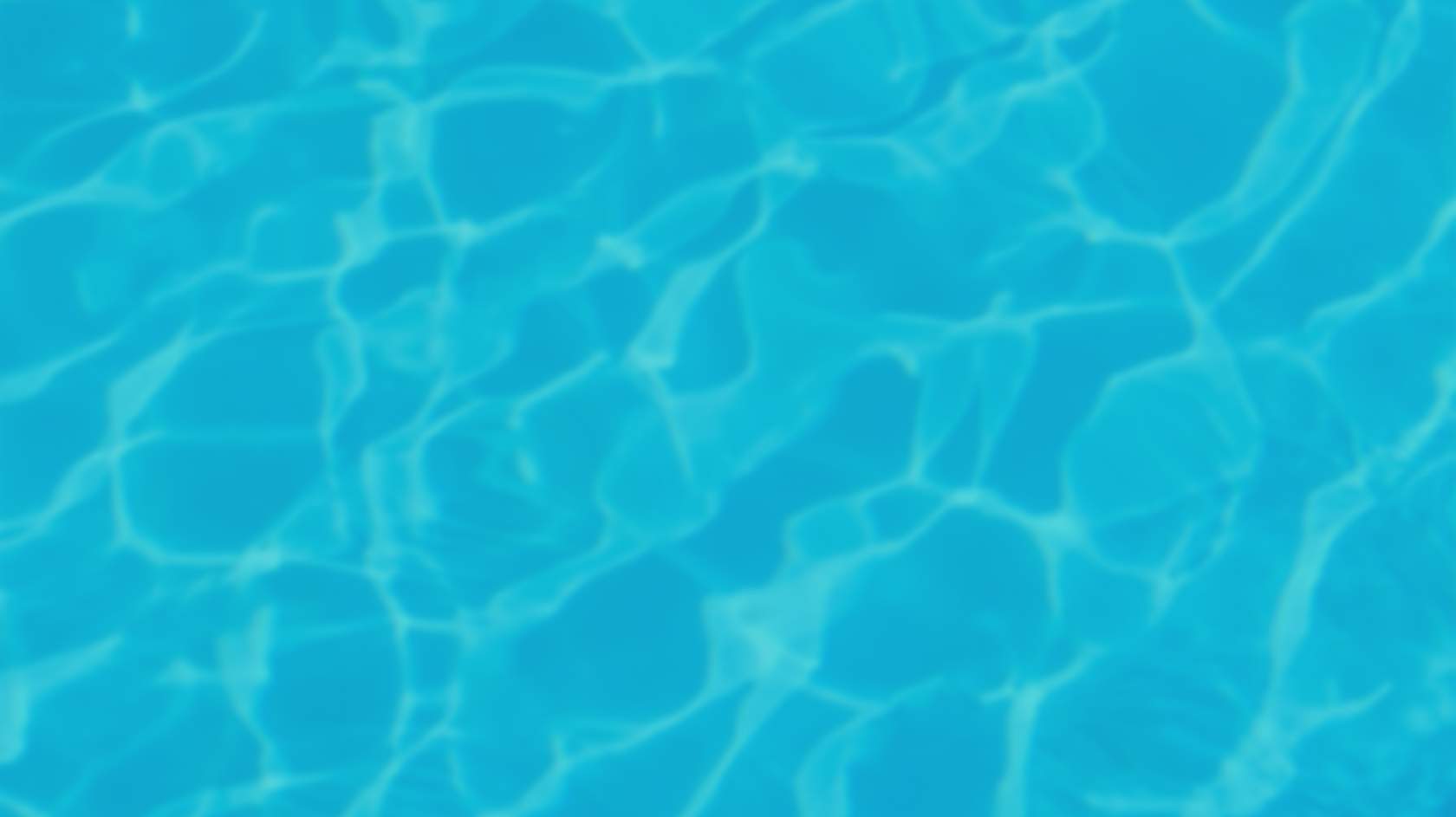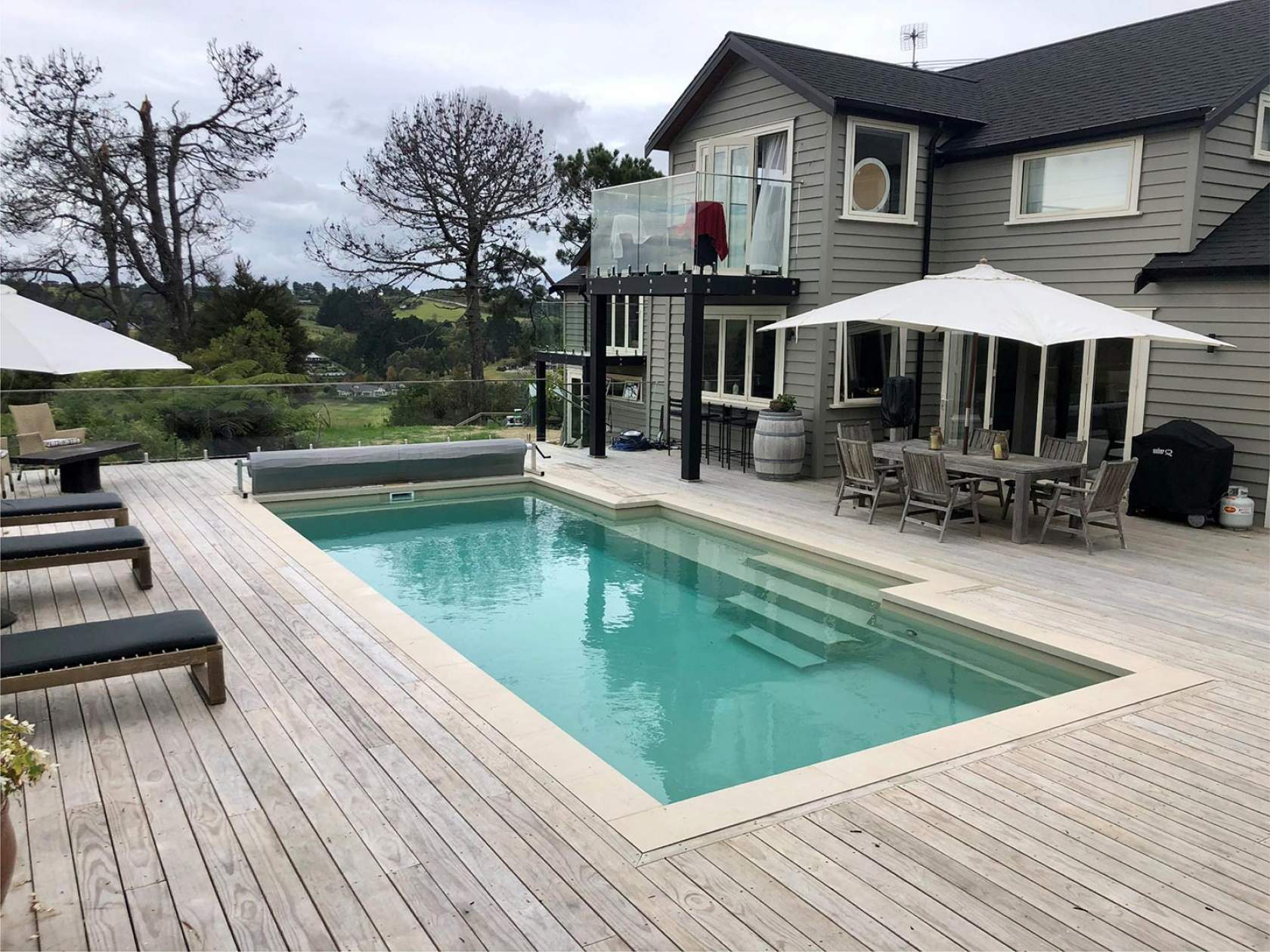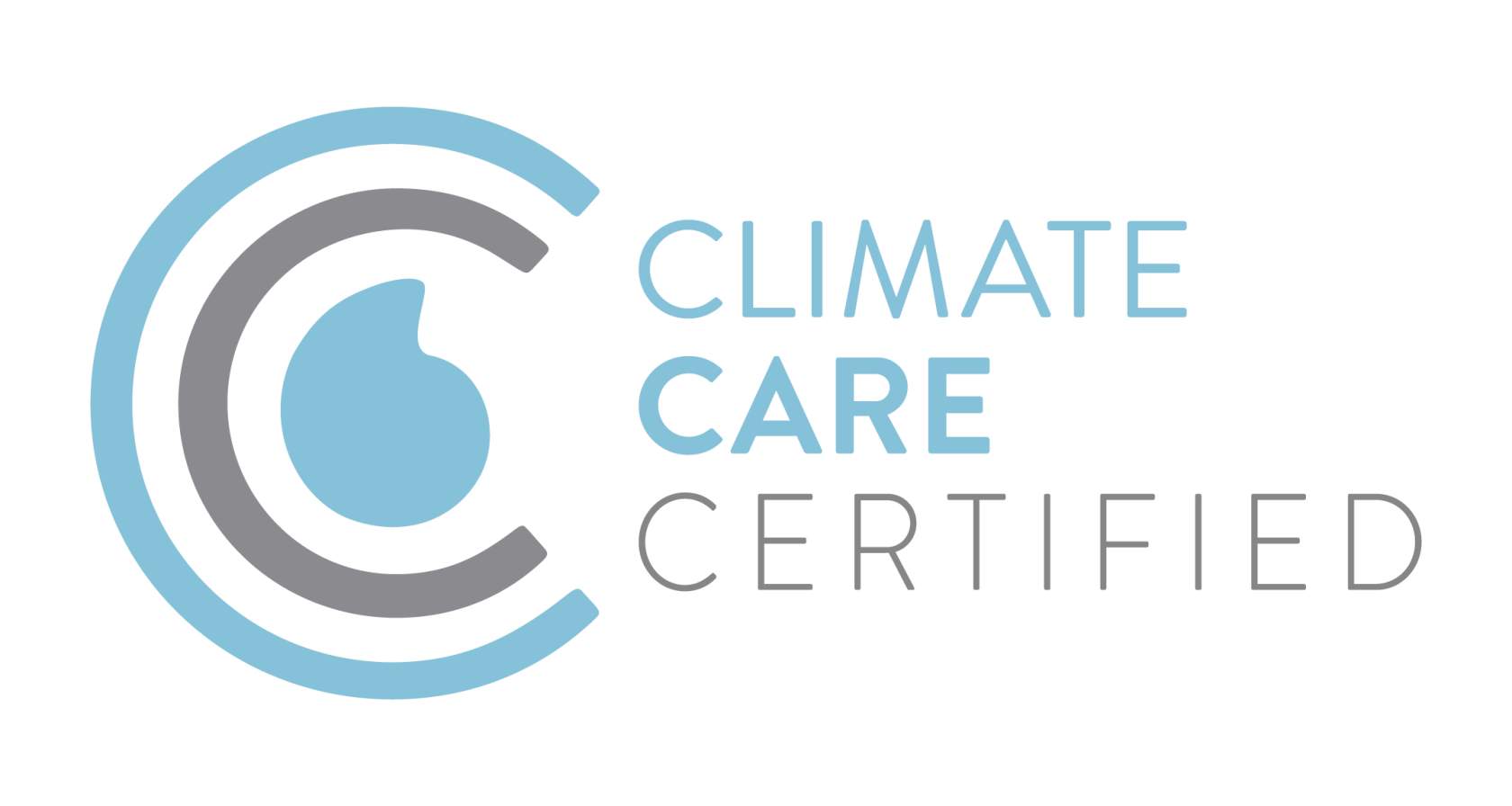

- Home >
- Caring for your Pool & Spa > Energy Savings
Pool Energy Savings Techniques
Swimming pools and spas can be large energy users in residential environments, beaten only by hot water services and air conditioning in terms of consumption. Fortunately, there are a number of simple measures that pool and spa owners can employ to reduce energy consumption and keep costs down.
Get your pool and spa Climate Care Certified
Inform your Pool and Spa Builder, Pool Shop or Pool and Spa Service technician that you want your new pool, spa or renovation to be Climate Care Certified. This will ensure that the products, system and installation selected by your contractor for you is environmentally sustainable, will make you feel good about your purchase and save you money.
Through the Climate Care Certified program, homeowners are supported and empowered to reduce water and energy consumption by making a positive decision to own an environmentally sustainable swimming pool or spa....whilst saving money at the same time.

Benefits of certification
Purchase with confidence knowing that you are choosing a certified environmentally sustainable solution
Ability to differentiate between efficient and sustainable pools, spas and equipment
Comfort that pools, spas and associated equipment are responsibly made
Ensures claims being made have been verified by the peak industry body
Recognition of your commitment to owning an environmentally sustainable swimming pool or spa
Reduce your carbon footprint whilst saving money
Go straight to the energy source for savings
The first step is to speak with your energy provider. As many suppliers offer incentives to use electricity out of peak times, you could attract substantial savings simply by moving equipment use to shoulder or off-peak tariff periods. Of course, this isn’t limited to pool equipment usage and you can make the most of it by running other energy-intensive appliances — like clothes dryers or dishwashers — outside peak times as well.
Be sure to enquire about smart meters, because some energy suppliers will offer meter upgrades free of charge, allowing you to take advantage of cheaper electricity rates and keep an eye on usage. It’s also worth shopping around if your current provider simply doesn’t offer enough motivation to save.
Equipment location matters
Pool pumps and filtration systems can be noisy, so be sure to locate pool equipment away from living areas — that means both yours and your neighbour’s. To further curtail unwanted impact, consider having equipment enclosed in a housing designed to minimise noise. Sound-proofing the installation potentially allows you to run the pool pump overnight and to capitalise on cheaper energy rates without disturbing anyone.
Invest in efficiency
The larger the pool pump, the more power it uses. As a general rule, you should opt for the smallest pump that will efficiently do the job. In most residential installations, a 750-Watt (or smaller) pump is ample, but you should consult a licensed pool and spa technician to ensure optimal operation.
The E3 Energy Rating Labelling Program for pool pumps offers guidance on the most energy efficient models available. When considering pool pump replacement, seek some expert advice regarding the most suitable size and efficiency level for your filtration system.
Consider installing a multi–speed or variable speed motor with an automatic controller to deliver a multitude of functions including vacuuming, water turnover, automatic pool sweeping and pump operation. Once a particular task is complete, the controller can automatically default to a preset lower speed, accommodating the daily filtration cycle while saving energy and money.
Pool filtration system
A pool filtration system uses a pump to circulate pool water through a filter and return that cleaned water back to the pool. The length of time the filtration system should run depends on a number of factors including;
the size of the pool
the installed filtering equipment
how often the pool is used and by how many people
variances in environmental factors, such as the amount of sunlight or wind hitting the pool surface
The number of people swimming in a pool is referred to as the ‘bather load’. The higher the load, the more filtering will be required.
Reduce running times
To ensure you are using energy efficiently, you will need to determine the optimum filtration time for your pool. One complete turnover of water every 24 hours will provide adequate filtering for the average residential pool. Pool pumps are often left to run longer than necessary because people fear chemical imbalance will lead to algal growth, though prolonged filtration or circulation will not necessarily prevent this occurring.
In most cases, 8 - 10 hours per day in summer and four hours in winter should be sufficient. It helps to install a timer set to optimal daily run times for each season, remembering that multiple short cycles over the course of a day are better than one longer cycle, which leaves the pool susceptible to debris collection during the non-operational period.
Cover up
A pool cover is a worthwhile investment. They don’t only protect the pool from leaf litter and other debris but can substantially extend the swimming season. Covers trap in heat and reduce water and energy loss through evaporation. In the case of a heated pool, a well-fitted cover can deliver an energy saving of up to 50%.
Heating
A pool or spa heating system will obviously extend the swimming season and deliver the most from your investment, but can also add to your energy bill. Available options include solar, heat pump and gas heating systems, which will vary in terms of running costs. All should be backed up with efficiency provisions to mitigate energy wastage, such as the use of a pool cover.
Solar heating
Of the three, solar heating probably has the least environmental impact. It will deliver a few extra months of swimming time but, in most cases, won’t provide enough consistent heat to entice swimmers year-round.
The benefits of a solar pool heating system increase through installation of a temperature-sensing solar controller and by using a pool cover.
Heat pumps
Heat pumps are powered by electricity and use the same efficient technology as inverter air-conditioning systems. They gather heat from the surrounding air, meaning they are intended for outdoor installation. The installation position should be carefully considered because they can emit some noise. Significant savings can be achieved by connecting the heat pump to a controlled load electricity supply or switching to time-based pricing and running during off-peak tariff times.
Gas heating
Gas is a fast-heating alternative, making it particularly suitable for spas. Selecting the most appropriate heater will depend on the pool or spa size, the maximum desired temperature and the temperature rate – i.e. how quickly you want it to heat up.
Before you determine which heating option is for you, be sure to consider your budget for both initial outlay and ongoing energy costs. Lifestyle considerations should also factor in, as how and when you wish to use your pool or spa will help guide selection of the most appropriate alternative.
Carry out regular maintenance
It is important to clean the filter cartridge element regularly. Additionally, you should soak and degrease the element twice a year to improve longevity and to condition the cartridge. Delays in cleaning will increase the likelihood of the filter becoming clogged, which in turn leaves the pool vulnerable to poor water circulation and filtration issues. Clogged, unchanged filters can also cause other equipment to work harder than necessary, drawing more power than ordinarily required.
